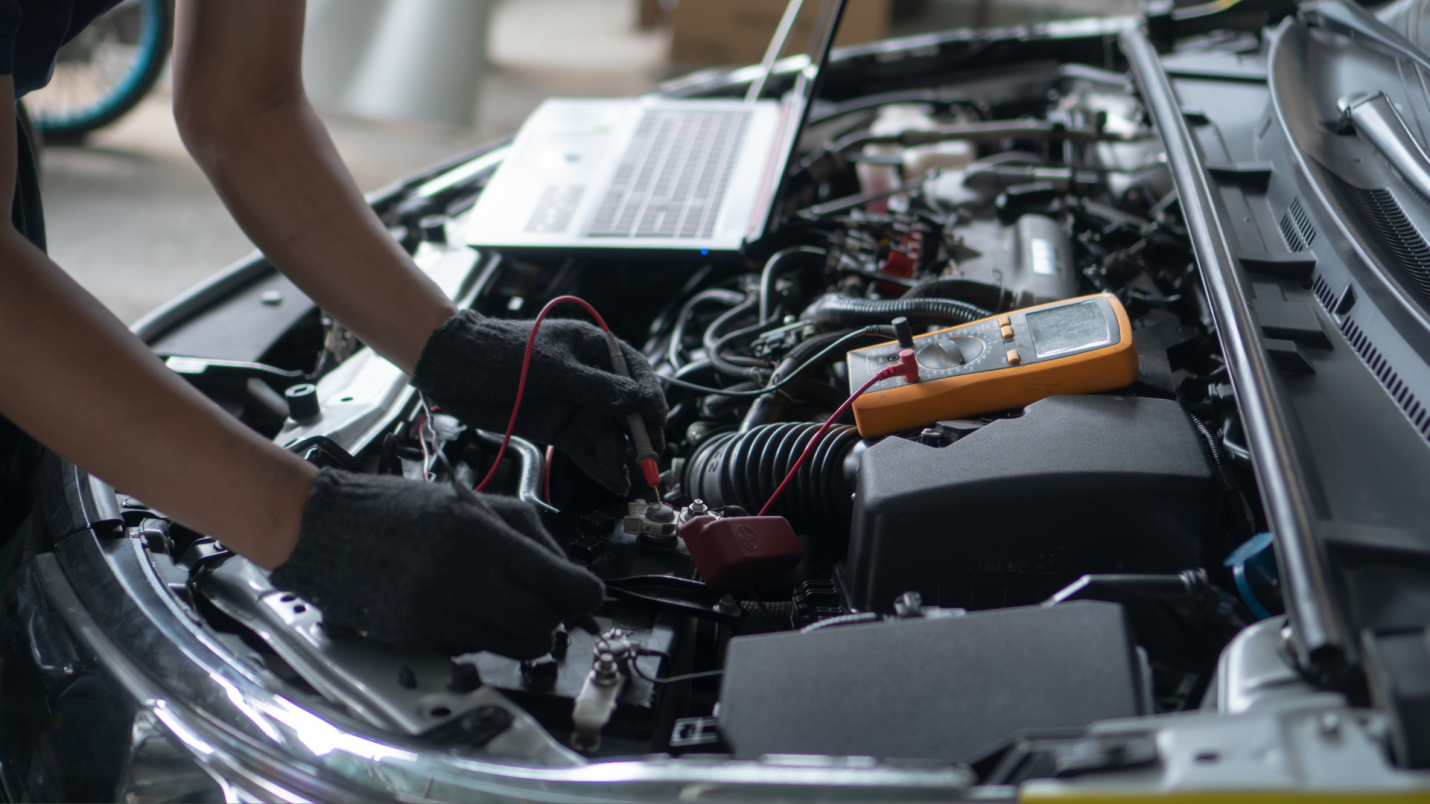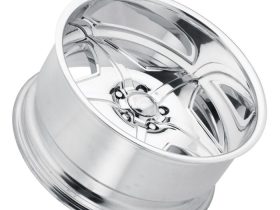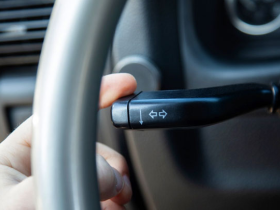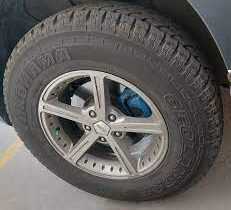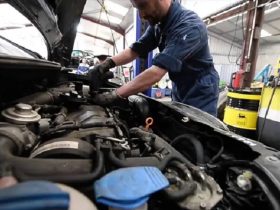Off-roading offers adventure, excitement, and the thrill of exploring the great outdoors. But when your vehicle’s engine fails in the middle of nowhere, that excitement can quickly turn into stress. Unlike city streets, off-road environments don’t offer the luxury of nearby service stations or easy towing access. That’s why understanding the engine issues that can leave you stranded is crucial for any off-road enthusiast. Let’s look at five common engine problems that could ruin your off-road adventure—and how to stay ahead of them.
1. Overheating Engine
One of the most common and dangerous engine problems off-roaders face is overheating. When tackling rugged terrain, your engine often works harder than it does on paved roads. Mud, dirt, and debris can clog your radiator or cooling fans, reducing airflow and causing temperatures to spike. In addition, steep inclines or slow, technical trails often mean your engine runs hot for extended periods.
An overheating engine can lead to serious damage, including warped cylinder heads or a blown head gasket—issues that are not easily fixed on the trail. To prevent this, regularly inspect your cooling system, flush your radiator as part of routine maintenance, and check for leaks or worn hoses before heading out.
2. Fuel Delivery Failure
Off-road conditions can wreak havoc on your fuel system. If dirt or water contaminates your fuel tank, it may clog your fuel filter or injectors, starving the engine of the fuel it needs. Likewise, a failing fuel pump might give out just when you’re miles from civilization.
Fuel delivery issues often present as sputtering, loss of power, or stalling—all of which can leave you stuck on a remote trail. Before your trip, replace old fuel filters, check your fuel lines for damage, and ensure your fuel tank is sealed tightly. Carrying a spare fuel filter is also a smart move for off-roaders who venture deep into rugged environments.
3. Ignition System Failure
Your ignition system includes spark plugs, coils, and wiring—all critical to getting your engine started and keeping it running smoothly. If your engine won’t start after a water crossing or suddenly cuts out while you’re climbing a hill, your ignition system could be to blame.
Moisture and mud can foul spark plugs or corrode ignition components. Older spark plug wires or coils may crack under the stress of off-road vibrations, leading to misfires or a complete engine shutdown. A good preventative measure is to replace ignition components at manufacturer-recommended intervals and carry spare spark plugs when off-roading.
4. Sensor or Computer Malfunctions
Modern 4x4s rely heavily on electronic sensors and engine control units (ECUs) to regulate performance. Unfortunately, off-road conditions can expose these sensitive components to water, mud, and impacts. A malfunctioning crankshaft position sensor, mass airflow sensor, or throttle position sensor can cause your engine to enter limp mode or stall altogether.
Since these problems aren’t always easy to diagnose on the trail, it’s wise to bring along a basic diagnostic tool that can read error codes. Even better, having a trusted 4×4 engine repair mechanic inspect your vehicle’s electronic systems before major trips can help you catch potential issues in advance.
5. Broken Serpentine Belt
Your serpentine belt powers critical components like the alternator, water pump, and power steering pump. If this belt snaps—which can happen if debris gets lodged in the pulley system or the belt is old and cracked—your engine will quickly overheat, your battery will stop charging, and steering will become dangerously difficult.
Inspect the belt for cracks, fraying, or glazing before your off-road adventure. Consider replacing older belts as part of regular maintenance. Carrying a spare belt and knowing how to install it can be a lifesaver if you break down far from help.
Off-road trips should be about fun and exploration, not being stranded with a broken engine. By understanding these common issues—and taking steps to prevent them—you can reduce the risk of getting stuck in the middle of nowhere. Regular maintenance, thorough pre-trip inspections, and consulting an experienced engine repair mechanic can make the difference between a successful adventure and a costly recovery mission. The next time you head off the beaten path, make sure your engine is as ready for the challenge as you are.

